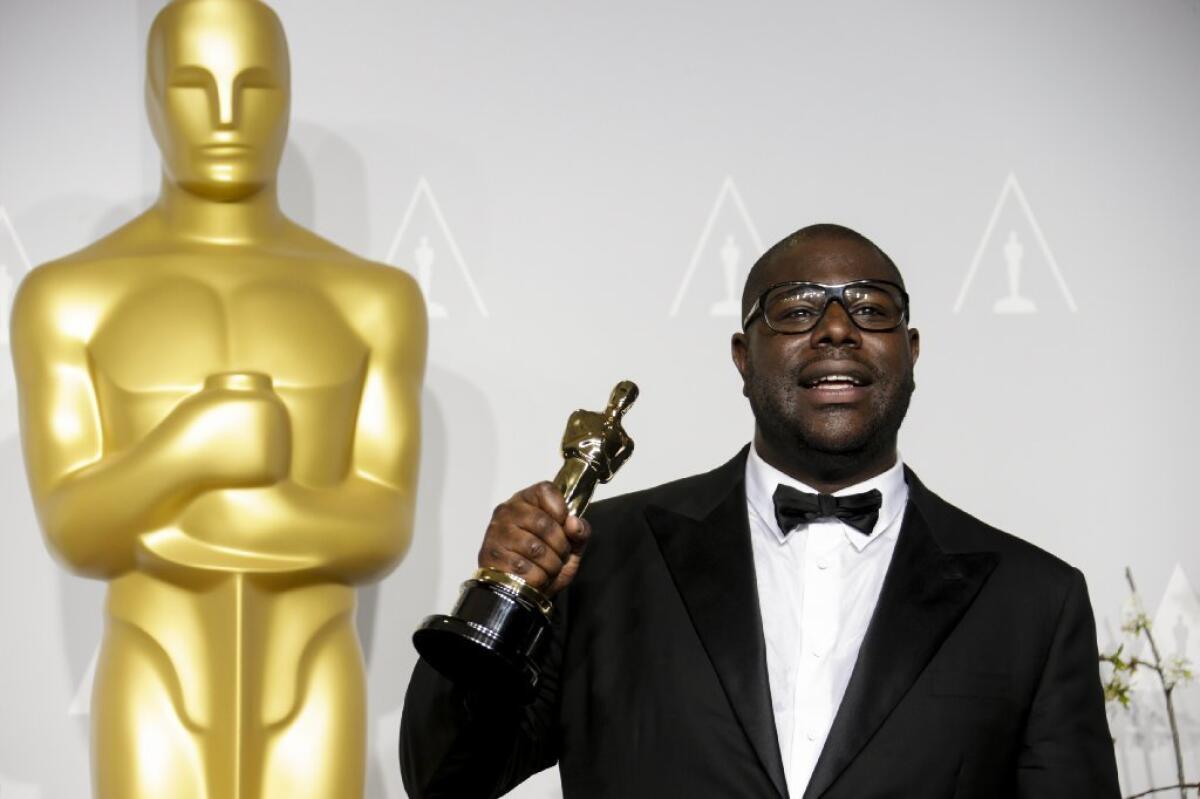USC study finds minorities are still scarce in Hollywood

With the success of â12 Years a Slave,â âFruitvale Stationâ and âThe Butler,â 2013 seemed like a banner year for African Americans in film. But a new study indicates that the movie business still has a long way to go when it comes to representing Americaâs diversity on the big screen.
On Tuesday, USCâs Annenberg school released a study that found just 26% of speaking roles in film went to minorities last year. The study, which analyzed 3,932 characters, revealed that Latinos had only 4.9% of those parts, even though they represent 16.3% of the population.
â2013 was not a banner year â it was business as usual,â said Professor Stacy Smith, who wrote the study and leads Annenbergâs Media, Diversity & Social Change Initiative. âAny momentum gained in terms of accolades or even awareness gained on this issue in 2013 â we probably wonât see the fruits of that conversation for a few years.â
Furthermore, the study revealed, Latino females were âshown partially or fully naked on screenâ more than women of other races, while Latino males were âmost likely to be shown in tight, alluring, or revealing clothing.â
âI think folks are relying on antequated stereotypes,â Smith said. âThis is the way people were framed in the media decades ago. It just shows a lack of imagination.â
Meanwhile, Steve McQueen â the first black director to win an Academy Award â was one of just five black filmmakers to helm a top-grossing movie in 2013. Last year, black directors cast black characters in speaking roles far more often than white directors â 46% versus 10.8%. And 17 of the top films released in 2013 didnât have any black actors.
âThe films that are pulling the publicâs focus are giving us one idea of where diversity exists,â said Dr. Katherine Pieper, who also worked on the study. âBut weâre losing track of all of these films that simply donât reflect the population we live in at all.â
Television, however, seems to be ahead of the curve, noted Smith. She noted that âScandalâ creator Shonda Rhimes hired two black female directors during one season of her program, while there were only two black female directors hired to lead top films between 2007 and 2013.
âI think thatâs a really interesting state of the industry,â Smith said. âWeâre seeing doors open in television, but doors are shutting â and thereâs a lack of progress â in film.â
Follow @AmyKinLA for Young Hollywood news and red carpet pics
More to Read
Only good movies
Get the Indie Focus newsletter, Mark Olsen's weekly guide to the world of cinema.
You may occasionally receive promotional content from the Los Angeles Times.











